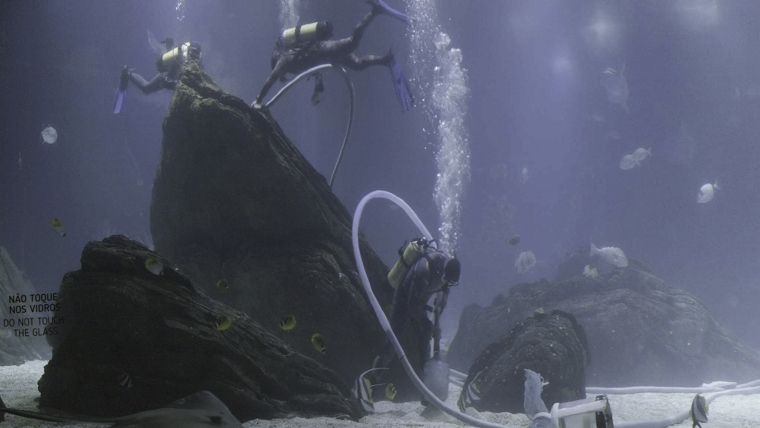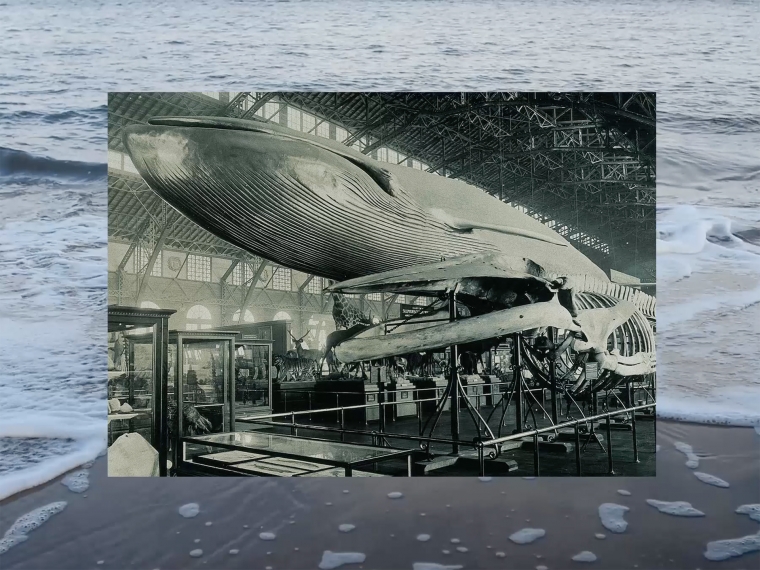She, Argonaut
by Filipa Ramos
The Listening Glass series from Aquaria
“For me, it seems highly plausible that the thin, fragile and translucid cases built by the female argonauts to sprout their own offspring, these bubbles of salt water floating on the sea, inspired Jeannette to conceive the aquaria, which were also fragile and translucent cases, built not by a female octopus, but by a female scientist, to breed and keep the animals, by containing a sample of their aquatic environment within a protective setting.”
— Filipa Ramos
|
Filipa Ramos is a writer and curator based in London. Her research focuses on how art and culture address ecology and in particular on the modes in which contemporary art fosters interspecies relationships across humans, non-humans and machines. She keeps lecturing positions in Basel and London. She’s curator of Art Basel Film and founder curator of Vdrome, a programme of screenings of films by visual artists and filmmakers, and co-curator of "Bodies of Water", the 13th Shanghai Biennale (2021). Her upcoming book, “The Artist as Ecologist”, will be published in 2022. |
The Listening Glass is a recollection of specifically relevant voices produced by maat museum in Lisbon on the occasion of the exhibition Aquaria – Or the Illusion of a Boxed Sea that looks at how the ocean has washed up inside our cities, whether in our homes or our cultural institutions. |
In 1832, Jeannette Villepreux-Power invented something that would change her life, ours, and also would revolutionise the history of science.
Filipa Ramos
This is a short story about a woman's love for nature, a fable of interspecies curiosity and imagination, an account of ecofeminist alliance, and the history of naturalist Jeannette Villepreux-Power, who invented the first modern aquarium.
|
“maat Explorations” is a programme framework featuring an ongoing series of exhibitions, public and educational projects delving into the multi-faceted subject of environmental transformation from various scholarly and experimental vantage points – it brings philosophical and political perspectives forward, as well as sociocultural and technological investigations interwoven in speculative and critical practices in the arts and design at large.
The exhibition Aquaria – Or the Illusion of a Boxed Sea (maat, 18/03 – 06/09/2021) reflects on the possibilities and new questions that arise when rethinking our relationship with the marine world. Curated by Angela Rui, the exhibition path unfolds through 11 installations offering different points of view to emphasise how the ways of understanding the marine environment were once designed and how they should be reconsidered today. |
The visual identity conceived by studio òbelo for Aquaria – Or the Illusion of a Boxed Sea aims to trigger a self-reflective awareness of the ambiguities of perception. The aquarium is conceptualised through a series of impossible forms based on the Necker cube (1832). Impossible objects, also known as undecidable figures, act as a kind of optical illusion consisting of a two-dimensional figure which is instantly and subconsciously interpreted as representing a projection of a three-dimensional object – not unlike a “boxed sea” mise-en-scène. |
Illustration: Lisa Hartje Moura.










